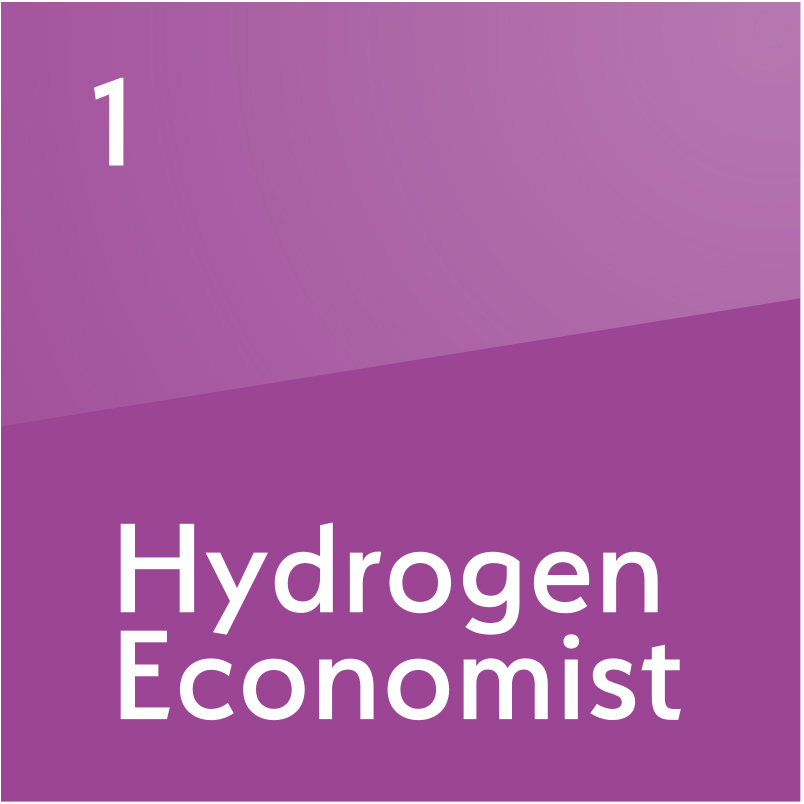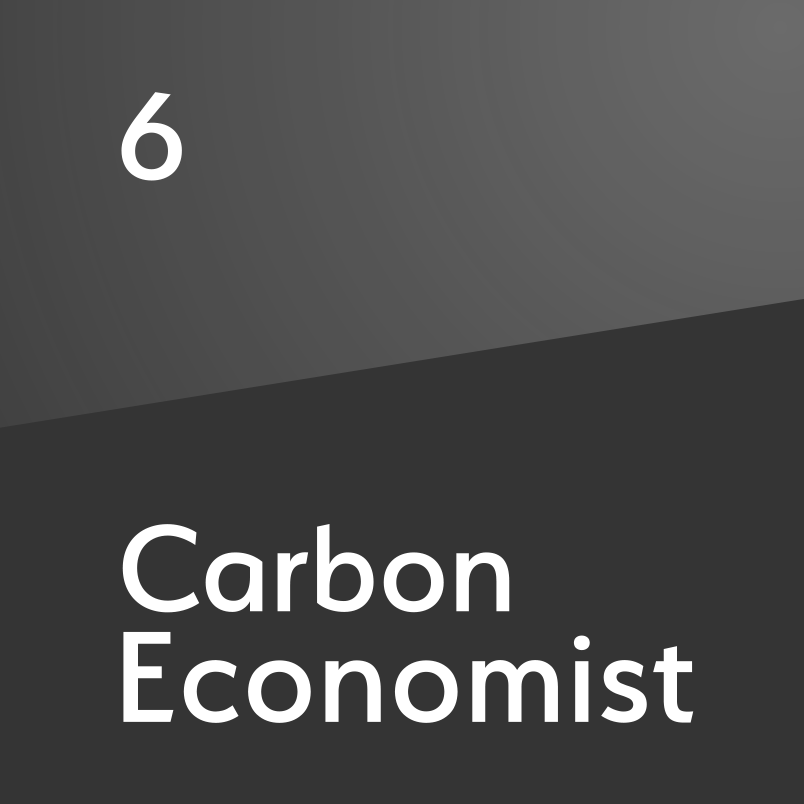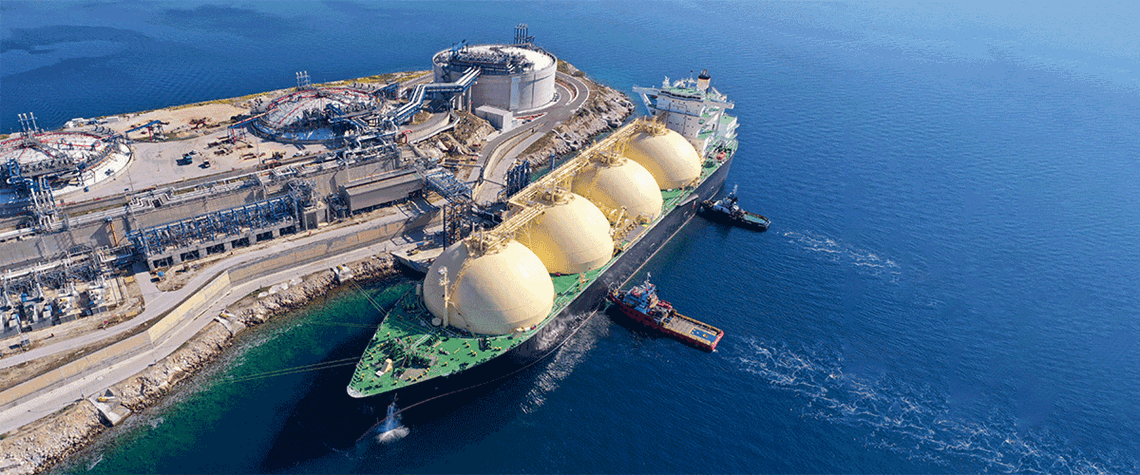Global LNG analysis report 2023 — Part 1
Decarbonisation and the war in Ukraine are just two of the factors driving the massive investment in liquefaction and regasification around the world. The first part of this deep-dive analysis looks at developments in Africa
Numerous trends are driving the short-term and long-term demand for gas globally. These include, but are not limited to, decarbonisation efforts by numerous countries around the world and Russia’s war with Ukraine. In turn, capex on new LNG capacity—both liquefaction and regasification—has skyrocketed over the past several years, with hundreds of billions of dollars in announced investments under development globally. According to the Gas Exporting Countries Forum (GECF), global gas demand will continue to increase to 2050 (see Fig.1). The forum’s report, Global Gas Outlook 2050, sees demand surging to more than 5,600bn m³/yr by 2050. Nearly 50pc of the demand growth will come from the Asia-

Also in this section
26 July 2024
Oil majors play it safe amid unfavourable terms in latest oil and gas licensing bid rounds allowing Chinese low-ball moves
25 July 2024
Despite huge efforts by India’s government to accelerate crude production, India’s dependency shows no sign of easing
24 July 2024
Diesel and jet fuel supplies face a timebomb in just four years, and even gasoline may not be immune
23 July 2024
Rosneft’s Arctic megaproject is happening despite sanctions, a lack of foreign investment and OPEC+ restrictions. But it will take a long time for its colossal potential to be realised







